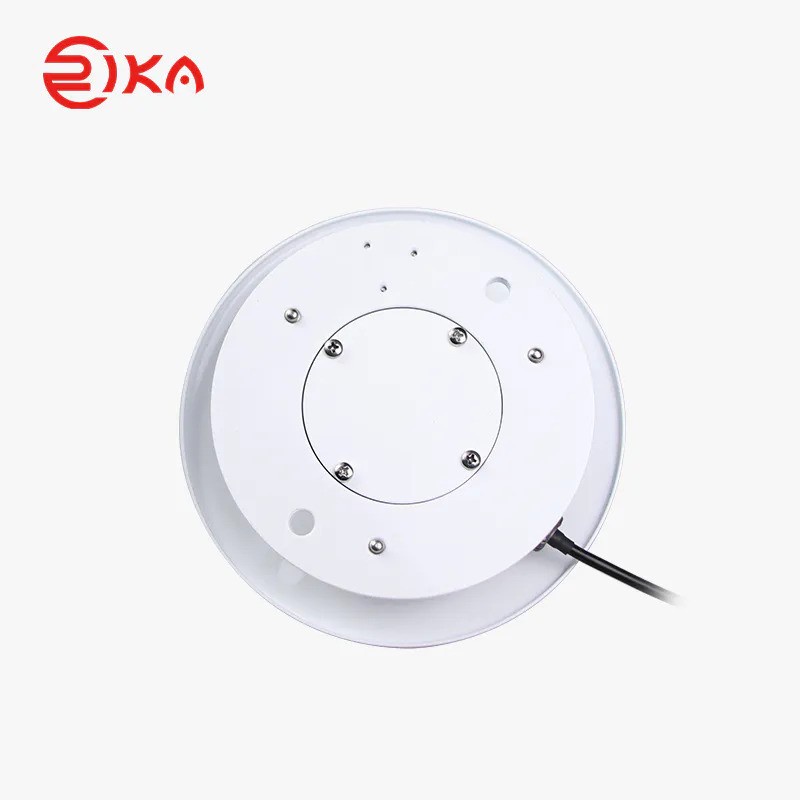Harnessing solar energy has become increasingly important in the quest for more sustainable and renewable sources of power. Solar panels, widely used for converting sunlight into usable electricity, benefit significantly from the understanding and utilization of pyranometers. These instruments are crucial for optimizing solar panel efficiency and ensuring accurate measurements of incoming solar radiation.
Overview of Pyranometer Functionality
A pyranometer, specifically designed to measure the total amount of solar radiation received on a horizontal surface, consists of a dome-shaped instrument housing a thermopile sensor. The dome, made of a sunlight-permeable material, safeguards the sensor from environmental elements such as rain and wind while allowing sunlight to pass through.
Principle of Operation
The functionality of a pyranometer operates on the principle of thermoelectricity. The thermopile sensor, comprising multiple thermocouples, functions as the core mechanism. These thermocouples, formed by joining two dissimilar metals, generate a voltage when exposed to sunlight. As the sunlight heats one side of the thermopile, a temperature difference between its sides generates a proportional voltage.
Measurement and Conversion
The voltage generated by the thermopile, corresponding directly to solar radiation intensity, is measured by an internal electronic circuit within the pyranometer. This voltage is then converted into an electrical signal, which can be logged or displayed for further analysis and utilization.
Importance of Accuracy and Calibration
The accuracy and reliability of pyranometer are crucial for solar energy applications. Various types of pyranometers exist, with the first-class pyranometer adhering to stringent standards defined by the World Meteorological Organization (WMO). Regular calibration, comparing the pyranometer's output to a reference instrument traceable to international standards, ensures accuracy over time.
Beyond Solar Radiation Measurement
In addition to measuring total solar radiation, advanced pyranometers offer spectral information, using filters or sensors to measure specific wavelength ranges. These capabilities provide insights into the distribution of solar energy across the spectrum.
Application in Different Fields
Pyranometers find use beyond solar energy applications. In weather monitoring, they play a vital role in studying Earth's climate by measuring incoming solar radiation. In agriculture, these instruments aid in determining plant solar radiation exposure for crop yield predictions and irrigation strategies. In building energy management, they assess solar heat gain, improving energy-efficient building designs.
Conclusion: Utilizing Pyranometers for Solar Insights
Harnessing solar energy through the use of pyranometers offers invaluable insights into solar radiation availability and distribution. Understanding their functionality and ensuring accuracy not only optimizes solar panel efficiency but also contributes to climate research, enhances agricultural practices, and aids in designing sustainable buildings.


No comments yet